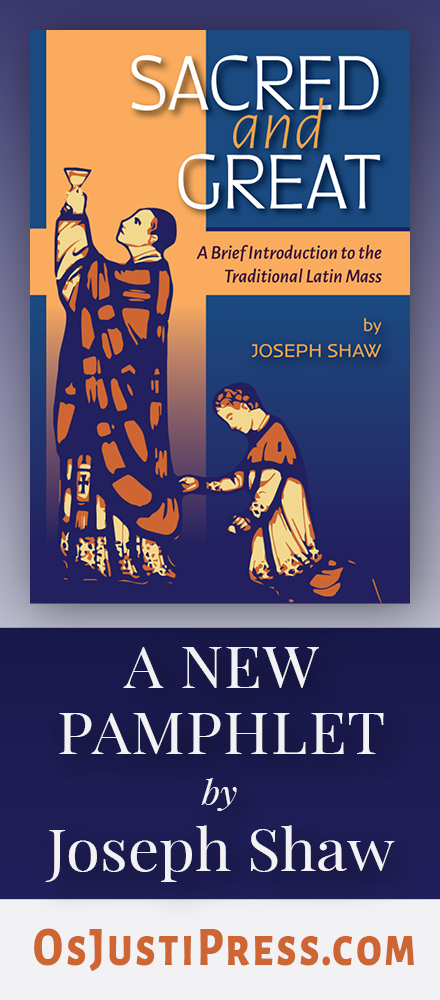Truly is it fitting and just, right and profitable to salvation, that we should honor Thee, almighty Lord, in the praises of Thy blessed priest and confessor Martin, who, being filled with the gift of Thy Holy Spirit, already in his preparation for the Faith was found to be so perfect, that he covered Christ in the person of a poor man, and with the garment that he received in his own poverty, clothed the Lord of the world. O happy the generosity that divinity performeth! O glorious the divison of the cloak that covered both the solder and the king! Worthily didst Thou bestow the rewards of Thy confession upon this man; worthily did the Arians’ ferocity lie subject to him; worthily with such great love for martyrdom did he in safety not fear the torments of the persecutor. How great, do we think, will be the glorification of his passion, when a (mere) piece of his cloak hath been so precious? And what shall he receive for the offering of his whole body, who for the small amount of his cloak, merited both to clothe and to see God? O the kindliness of his spirit, worthy to be imitated; o the might of his virtues, worthy to be venerated! So did he fullfil the duties of the bishop’s office which he undertook, that he could demand the observance of discipline through the model of his upright life. So did he give medicine to the hopeful by his apostolic virtue, that he saved some by his prayer, and others by his very countenance. This, o Lord, is Thy power and glory, which the Angels praise, the Archangels venerate; the Thrones, Dominations, Virtues, Principalities and Powers adore; which the Cherubim and Seraphim with shared rejoicing praise. And we pray that Thou may command our voices to be brought in among them, saying with humble confession: Holy, Holy, Holy... (The Ambrosian Preface of St Martin of Tours.)
Vere dignum et justum est, aequum, et salutare, nos te, omnipotens Domine, in beati Sacerdotis et Confessoris tui Martini laudibus honorare. Qui Sancti Spiritus tui dono repletus, ita in ipso fidei tirocinio perfectus inventus est, ut Christum texisset in paupere, et vestem, quam egenus accéperat, mundi Dominum induisset. O felix largitas, quam divinitas operatur! O chlamydis gloriosa divisio, quae militem texit et Regem! Digne huic confessionis tuae præmia contulisti: digne Arianorum subjacuit ei feritas: digne tanto martyrii amore persecutoris tormenta non timuit securus. Quanta, putamus, erit glorificatio passionis, quando pars chlamydis sic exstitit pretiosa? Et quid erit pro oblatione integri corporis recepturus, qui pro quantitate vestis exiguae et vestire Deum meruit, et videre? O animi imitanda benignitas! O virtutum veneranda potentia! Sic egit suscepti Pontificatus officium, ut per formam probabilis vitae observantiam exigeret disciplinae. Sic apostolica virtute sperantibus contulit medicinam, ut alios supplicationibus, alios visu salvaret. Haec tua est, Domine, virtus, et gloria. Quam laudant Angeli, venerantur Archangeli; Throni, Dominationes, Virtutes, Principatus et Potestates adorant; quam Cherubim et Seraphim socia exsultatione concelebrant. Cum quibus et nostras voces, ut admitti jubeas, deprecamur, supplici confessione dicentes: Sanctus, Sanctus, Sanctus… |
| The complete painting; at top, from left to right, Ss Lucy, Catherine of Alexandria, and Mary Magdalene, the Virgin and Child with Angels, Ss John the Baptist, Stephan and John the Evangelist: at bottom, from left to right, Ss Zeno of Verona, Maurice, and the Apostle Peter, the Charity of St Martin, Ss Sebastian, Anthony, and the Apostle Paul. In the predella; from left to right, the Annunciation, Crucifixion and Resurrection. (Public domain image from Wikimedia Commons.) |






















